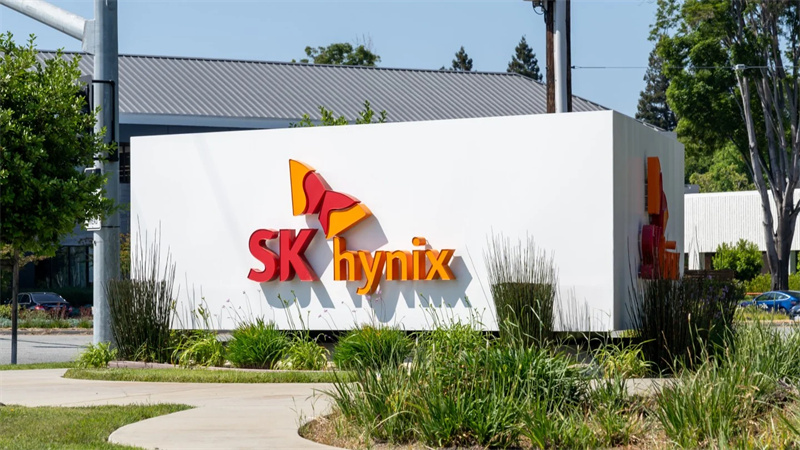Due to oversupply, the global NAND flash memory market has seen a continuous price drop for the past four months, prompting major manufacturers to reduce production in order to stabilize prices and balance supply and demand. After Micron and Samsung announced production cuts, South Korea's SK Hynix, the world's second-largest NAND flash producer, has also revealed plans to slash its output.
On January 15, 2025, industry sources revealed that SK Hynix plans to cut its NAND flash output by 10% in the first half of 2024. This reduction will lower the company's monthly production of NAND wafers from 300,000 to 270,000, cutting approximately 30,000 wafers. This move mirrors Micron's decision to reduce its output by 10%, aligning with a broader industry trend to address the ongoing oversupply. Micron had also stated it would slow down its transition to smaller process nodes and reduce investments in NAND production equipment.
According to the Chosun Ilbo on January 10, 2025, Samsung, which has long been the leader in NAND production, announced cuts. The company revealed plans to reduce NAND wafer input at its Xi'an plant in China by more than 10%, lowering its monthly output from 200,000 wafers to approximately 170,000. This move follows similar actions taken in 2023, when Samsung had already slashed its wafer input by nearly 50% to mitigate losses from the oversupply.
Industry insiders believe that these production cuts reflect Samsung's acknowledgment that its previous production strategies may no longer be sustainable amid growing price competition in key sectors such as mobile devices and servers. Despite these challenges, Samsung remains the largest player in NAND flash production, capturing 35.2% of the global market share in Q3 2024.
In addition to Micron, Samsung, and SK Hynix, other major players are expected to follow suit. Reports suggest that Toshiba's memory division, Kioxia, is also likely to reduce its production in response to the oversupply situation.

The NAND market has experienced significant volatility over the past year. General NAND prices, which had been rising until October 2023, plateaued in March 2024 and then began to decline in September. From September to November, the price saw a dramatic drop, with month-to-month decreases of 11.44%, 29.18%, and 29.8%, respectively. By December, the price of general NAND had fallen from $4.90 per unit in August to $2.16, marking a more than 50% decline—the lowest since August 2015.
Looking ahead, NAND prices are expected to continue declining through the first quarter of 2025, with predictions of a further 3%-8% decrease in contract prices by the end of 2024. This further price decline is anticipated to weaken profitability, potentially driving some manufacturers to shift focus from NAND to DRAM production. As suppliers' inventories rise and order demand decreases, the NAND market will face even more challenges in early 2025, with average contract prices likely to drop by another 10%-15%. However, a rebound in consumer NAND prices may not occur until the second half of 2025.
As the industry grapples with falling prices and reduced output, the move by key players like SK Hynix signals a broader effort to address the oversupply situation, but the road to recovery remains uncertain.
+86 191 9627 2716
+86 181 7379 0595
8:30 a.m. to 5:30 p.m., Monday to Friday
